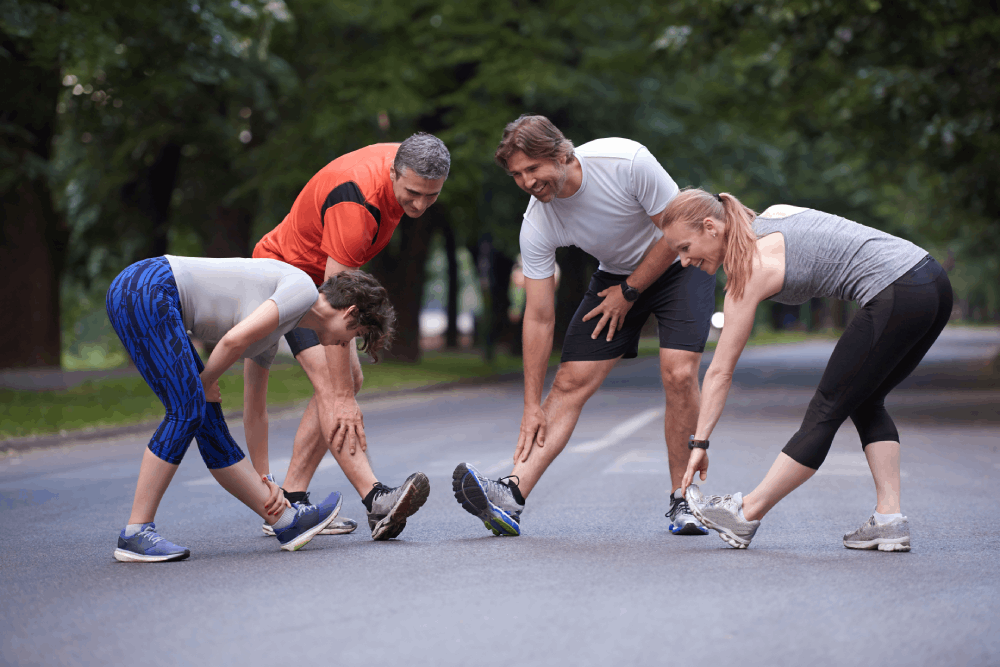How Physical Activity Sparks Better Thinking

When we think about exercise, we often picture stronger muscles, weight management, or better sleep. But what many people don’t realize is that movement doesn’t just benefit the body, it fuels the brain too.
From children struggling to focus in school to adults trying to stay mentally sharp, physical activity plays a powerful role in how we think, process, and retain information. It’s not about running marathons or spending hours at the gym. Even small, consistent movement can wake up the mind and improve how it functions.
Movement and Mental Clarity
Have you ever noticed how a brisk walk clears your head? That’s no coincidence. Physical activity increases blood flow to the brain, which helps deliver oxygen and nutrients that support better thinking. After just a few minutes of moderate movement, many people report feeling more alert, less foggy, and ready to focus.
This effect isn’t just temporary. Regular physical activity helps strengthen the brain’s ability to stay on task, ignore distractions, and manage stress. It essentially trains the brain to operate more efficiently.
Exercise and Brain Development in Kids
For children, movement is even more crucial. Young brains are still developing, and physical activity helps strengthen connections in areas responsible for focus, emotional regulation, and memory. Research shows that students who get regular physical activity during the school day, whether through recess, PE, or short movement breaks, often perform better academically and show improved behavior in the classroom.
Movement-based learning, such as educational games that involve jumping, clapping, or running, can also help reinforce memory. When the body is engaged, the brain is more likely to pay attention and absorb information. For parents looking to explore more structured support for attention, learning, or emotional development, visit https://www.linkedin.com/company/brain-balance to learn how programs are helping kids build stronger brain-body connections.
Emotional Benefits That Support Learning
Better thinking isn’t just about cognitive ability. It’s also deeply connected to emotional balance. Physical activity reduces levels of cortisol, the hormone linked to stress. It also boosts endorphins and other mood-enhancing chemicals, creating a sense of calm and well-being.
When people feel better emotionally, they’re more likely to stay motivated, solve problems effectively, and engage in learning. A child who starts the day with a bike ride or a round of backyard play may come to the classroom more centered and ready to learn than one who had no physical outlet.
Practical Ways to Add Movement
You don’t need fancy equipment or a full workout schedule to get started. Try building small bursts of activity into your day:
- Begin mornings with five minutes of stretching or dancing
- Use movement breaks between tasks to reset focus
- Take calls while walking instead of sitting
- Encourage kids to hop, spin, or balance while practicing spelling or math
- End the day with a calming walk or slow yoga flow
These small changes don’t just help physically, they shift the brain into a more alert, focused, and balanced state.
Physical activity is one of the most underused tools for boosting brain performance. It’s free, accessible, and requires no prescription. Whether you’re helping a child focus on homework or trying to think more clearly at work, regular movement can make a noticeable difference.
The brain and body were never meant to work separately. When they move together, both perform.